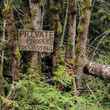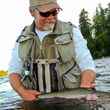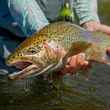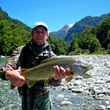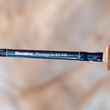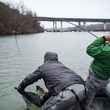After the ASMFC (Atlantic States Marine Fisheries Commission) passed a historic vote in December, quantifying the first ever limits on the commercial harvest of Atlantic Menhaden, the battle to finally recognize the resounding importance of the tiny Menhaden may finally be coming to a positive end in Virginia, the epicenter of the debate. Virginia's fishery is responsible for 80 percent of the entire US Atlantic menhaden harvest. Currently under way in the Virginia state legislature is the process to formally adopt the measures set forth by the ASMFC.
The 2013 limits established in December by the ASMFC marked further culmination of years of effort by activists who have struggled to bring to light the plight of the unassuming menhaden, also known as bunker or pogy. In November of last year, organizers delivered a petition advocating for protection of the menhaden fishery to the ASMFC with over 90,000 signatures. In his book, "The Most Important Fish in the Sea", author H. Bruce Franklin describes the virtually important role of the menhaden to the fisheries of the Atlantic as a whole, a role in which menhaden are "they are crucial to the diet of bigger fish and they filter the waters of the Atlantic and Gulf coasts, playing an essential dual role in marine ecology perhaps unmatched anywhere on the planet."
As home to the vast majority of commercial menhaden fishing and the only menhaden reduction facility on the east coast, owned by Omega Protein, the state of Virginia is most affected by the limits placed by the ASMFC. Omega Protein, who will bear the financial brunt of the commission's decision, has argued that the stock of Atlantic menhaden remains healthy, despite scientists warning that populations may be depleted as much as 88% from historic levels and indicating that menhaden stocks may be headed for a collapse. Fisherman who make their livelihoods have stated that caps on harvest limits may "put Virginia out of business".



